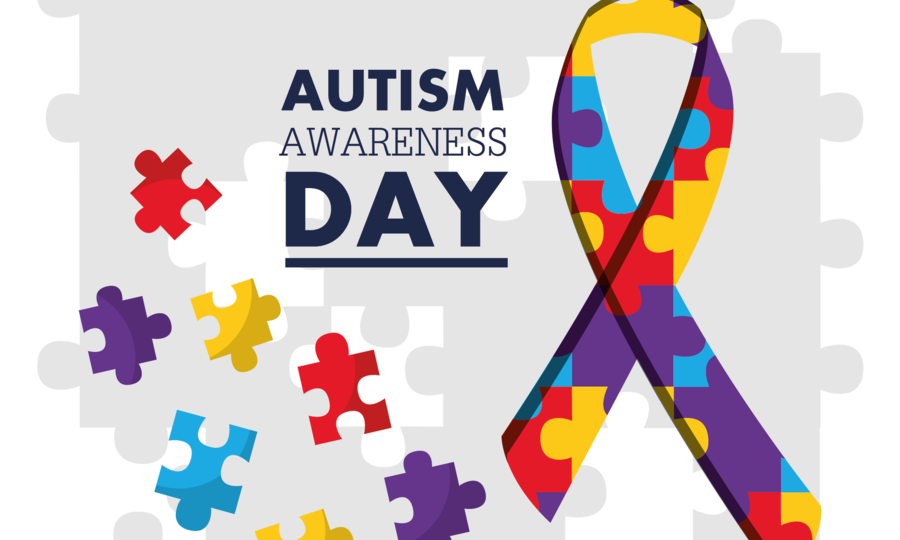The Good Doctor had me hooked. Right from the first episode, the surgery intern Dr Shaun Murphy gets your attention – and keeps it. He is super-smart, has impeccable attention to detail and great presence of mind. But, viewers may also find that something about him is ‘off’. He is on the autism spectrum. That explains it. In other words, he is neurodivergent.
The concept of neurodivergence or neurodiversity was put forth by a sociologist Judy Singer and it recognizes that every person on the planet perceives the world around in a different way except, people like those with autism perceive it much more differently than others. So, ’normal’ brains are termed neurotypical while neurodivergent are brain types that diverge in how they work from what is considered ‘normal’ in society. In fact, neurodiversity doesn’t only cover autism but many other disorders that change the way the affected experience the world around them like Down Syndrome, ADHD, dyslexia, bipolar disorder, it’s a long list. This language helps us acknowledge that there are legitimate differences in people’s perception of the world; that the ‘normal’ perception is not the ‘right’ one and the autistic perception the ‘wrong’ one rather they are simply different. As Paul Fijal points out, the neurotypical sees a forest while an autistic person sees every leaf on every branch on every tree in the forest – highlighting that most autistic people are more detail-oriented than their neurotypical peers.
As a neurotypical person, I was fascinated by Dr Murphy and the way he operates in a world that does not seem to accommodate him. Just like his first co-worker and very first friend Claire, I became really curious – What is going on in his mind? It is intriguing how Shaun sees the world distinctly differently than the rest of the people around him. Everything about him is described in one word – autism.
So, what is autism, really? Does it really define a person who has it? Is it a congenital disorder? I was painfully surprised that I did not know. Let’s unpack some of it on occasion of world autism awareness day – April 2nd, 2023.
Autism is a neuro-developmental disorder that delays speech and learning in childhood and causes behavioural changes that make it extremely difficult for autistic people to fit into social settings. The earliest signs of autism present in the social sphere- lacking sociability, they do not understand social cues like voice tone or sarcasm. In childhood, an autistic person does not respond much to their name being called, or gestures inviting a hug. Many of them might dislike any form of touch and be overwhelmed by it. Even if they do respond or talk, they make no eye-contact as they do so and they definitely do not smile at acquaintances – something considered rude or unacceptable socially.
The ordinary world is too loud, too bright and too rough for their sensitive senses. To soothe themselves of sensory overstimulation they resort to stimming – repeating actions like flapping hands, or rocking or tapping. They may stim even in the presence of others, which is awkward for neurotypicals to witness. Parents who know no better ‘discipline’ the child into following social conventions, completely unaware of what the child goes through. The autistic children submit – they learn to mask their symptoms and fit into the neurotypical crowd around them.
Over time, masking can become a danger. By the time they are adults autistic people get so good at masking that even medical professionals are unable to diagnose their issue and they end up getting psychiatric treatment for what simply cannot be, and doesn’t even warrant, a “cure” – autism. That’s a reason why many people are getting diagnosed as autistic far into their adulthood – in the age of 35-50 years. Some attribute it to better diagnosis capabilities for autism now. But the lived experience of autistic adults highlights masking as the primary reason.
The ‘symptoms’ of autism described here are not exhaustive. In fact, they do not even begin to describe the real-life experiences of people with autism. Every individual with autism experiences it differently because the severity of the disorder varies from one person to another. This is why the term Autism Spectrum Disorder (ASD) is the preferred medical language.
What causes autism is not completely understood although the chances of having it are said to increase with higher age of the parents at conception and if there are already autism-affected people in the family. But what we are realizing is that there are indeed physical differences between the brains of neurotypical and autistic people. Stanford researchers have found the activity in a small part of the language and sound-processing centre (auditory cortex & temporoparietal junction or TPJ) of their brains to be dissimilar. Another study found that gene expression patterns are different between their visual or image processing areas(primary visual cortex), down to specific cell types in this region. Whether these differences are indeed the cause of their unique perception of the world is yet to be determined, with time and more research.
In the meantime, it would be useful to ponder if autism even warrants a cure. Here are individuals whose exceptional perspectives can add value to our view of the world, but worried parents and society at large want them to conform to the societal norms carried forward since ages. Though it is natural for our primal instincts to get triggered upon observing unusual individuality, we humans do have the capability to consciously think about the dignity and quality of life of autistic individuals. We have already pushed autistic people over the edge, making them feel less than human. Their masking puts their lives in danger. Maybe we should accept them for who they are and let them be. After all, their brains are just differently wired than the majority of us. That may be a boon or a bane for the autistic individual, but the least we neurotypical people can do for them is make their life less difficult by engaging with them in accepting ways instead of trying to find a cure.
Epilogue: The United Nations Organization has also called for inclusion of people on the autism spectrum disorder into society this world autism day. If you wish to attend, they have a virtual event as an observance on Sunday, 2nd April – “Transformation: Towards a neuro-inclusive world for all”.
Nishtha Bhargava is a Senior Research Fellow at CSIR-IGIB. In the lab, she investigates if and how cells communicate through small extracellular vesicles during stress. When she’s not in the lab she likes to listen and dance to her favourite music, read books and dream about the future. She believes animals, children and drunk people never lie and that empathy-driven rigorous science has the power to change the world


